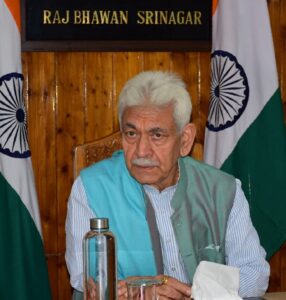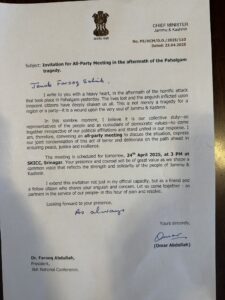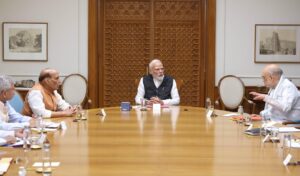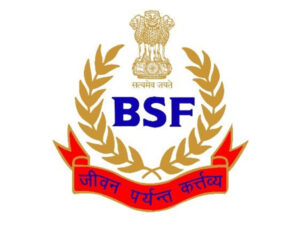IIT-Mandi finds cost-effective, safer alternative to conventional tech used in metal 3D printing
New Delhi, Nov 23 (PTI) Researchers from IIT-Mandi have found that the extrusion-based metal additive manufacturing process stands out as the most superior and cost-effective method in comparison to other approaches in metal 3D printing.
According to officials, metal additive manufacturing (metal AM) utilises fine metal powders to construct robust, intricate components through computer-aided design (CAD) programmes or 3D scanning.
“This layer-by-layer manufacturing process offers flexibility in designing complex structures, finding applications in diverse industries such as aerospace, automotive, spare parts, heat sinks, biomedical devices, and construction materials,” said Naveen Kumar Bankapalli, Research Scholar, the Indian Institute of Technology (IIT), Mandi.
“This analysis empowers individuals, industries, or researchers to independently develop and implement this technology, facilitating cost-effective mass production of metal parts,” he said.
Particularly noteworthy for aerospace applications due to its lightweight nature, the extrusion-based process outshines current metal additive manufacturing alternatives, he said.
Bankapalli explained that while Powder Bed Fusion (PBF) and Direct Energy Deposition (DED) are popular metal additive manufacturing technologies, the extrusion-based method distinguishes itself by being more cost-effective, less hazardous, and offering greater design freedom.
“Currently, only foreign companies dominate this entire process, creating a monopoly. Our aim is to empower potential producers with a thorough understanding of the process, enabling independent development of the technology,” said Prateek Saxena, Assistant Professor, School of Mechanical and Materials Engineering, IIT-Mandi.






